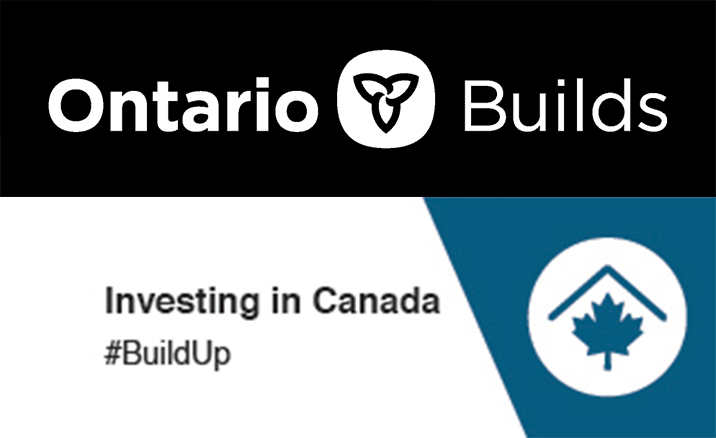Each school board is required to develop a Three-Year Mental Health and Addictions Strategy to address the priorities and needs of every student. From these strategic plans come annual Action and Implementation plans which identify the steps to be taken that year to move forward towards the vision.
About the Mental Health and Addictions Strategy
Our Vision and Plan
The WRDSB envisions a thriving, inclusive community where every student experiences a sense of belonging and positive mental health, unique to them. We are committed to co-creating mentally healthy schools that are:
- Identity-affirming
- Culturally responsive
- Supportive of the individual needs of all learners
Through authentic and meaningful engagement with students, families, staff, and community partners, we listen to and learn from experiences and stories that shape who we are. Considering lived experience alongside evidence-informed practices, we strive to foster school communities where every student feels seen and supported to thrive:
- Academically
- Socially
- Emotionally
Learn more about How We Created Our Plan.
Supporting Mental Health, Supporting Student Success
Every student is unique, and will experience and express positive mental health in their own way. There is no one right way to experience and express positive mental health. Mental health and well-being are fluid. Everyone experiences challenges and hardships and being equipped to navigate these challenges is essential for experiencing and sustaining positive mental health.
Learn more about how we are Supporting Mental Health, Supporting Student Success.
Priority Areas
In the 2025-2028 plan, four priority areas have been identified. These priority areas represent the important groups of people that are partners in the plan. It is organized in this way to help any student, parent, caregiver, staff or community member find their place in the plan.
Learn more about our Priority Areas.
The Foundations of Our Plan
According to School Mental Health Ontario (SMHO):
“Effective school mental health is more than simply introducing evidence-informed interventions. It also requires attention to implementation and infrastructure that promote scalable and sustainable programming”.
For this three-year strategic planning cycle, the following core implementation foundations will be areas of intentional focus:
- Leadership commitment
- Evidence and monitoring
- Internal and external communication
- Engagement and collaboration
Learn more about our The Foundations of Our Plan.
Action and Implementation Plans
View our plans:
Guided by the WRDSB Strategic Plan
This plan aligns closely to the six areas of the WRDSB’s strategic directions:
- Centring students
- Each unique student is at the centre of our plan.
- Support for student and staff well-being
- The purpose of this plan is to support:
- Positive mental health and well-being for each student
- The co-creation of mentally healthy environments that benefit everyone
- The purpose of this plan is to support:
- Equitable opportunities and outcomes
- Some students are at greater risk of mental health challenges as a result of their:
- Circumstances
- Identity
- Experiences
- We serve to address health inequities through engagement and by providing environments, learning and support that are:
- Identity-affirming
- Culturally responsive
- Some students are at greater risk of mental health challenges as a result of their:
- Strengthen connections
- This plan involves supporting connections among students, families, staff, and community.
- We all have a role to play in creating environments where everyone can experience belonging and positive mental health.
- Increase student learning through engagement
- Engagement is a core component of our plan, as we believe better outcomes are achieved through dialogue and co-learning.
- Collaboration and compassion for transformation
- The WRDSB has a pivotal role to play in a broader system of care for students and families.
- Collaboration allows us to leverage expertise and strengths to support student mental health and well-being as a community.
Learn more about the WRDSB Strategic Directions.
Tags: addictions · Health · mental · Plan · Strategic · strategy · support · well-being

